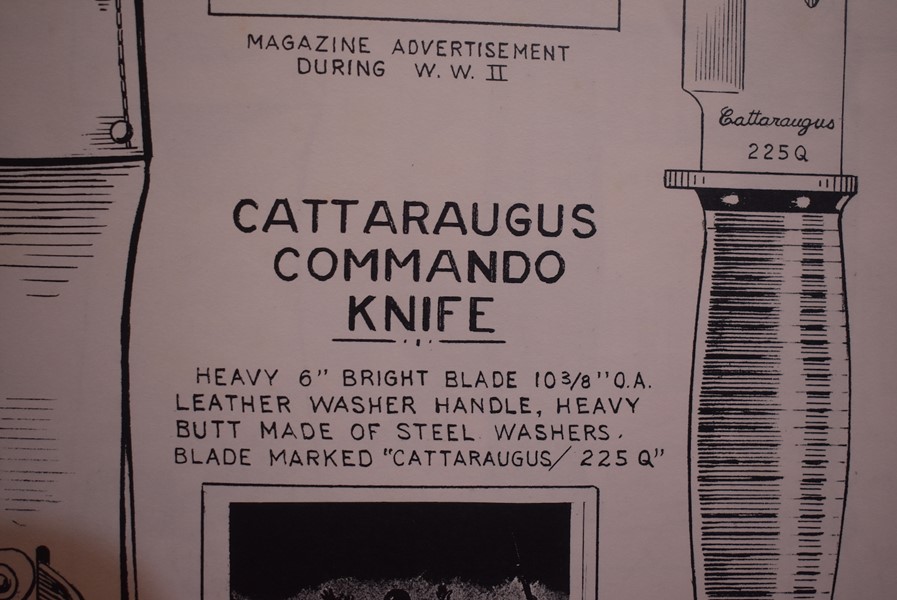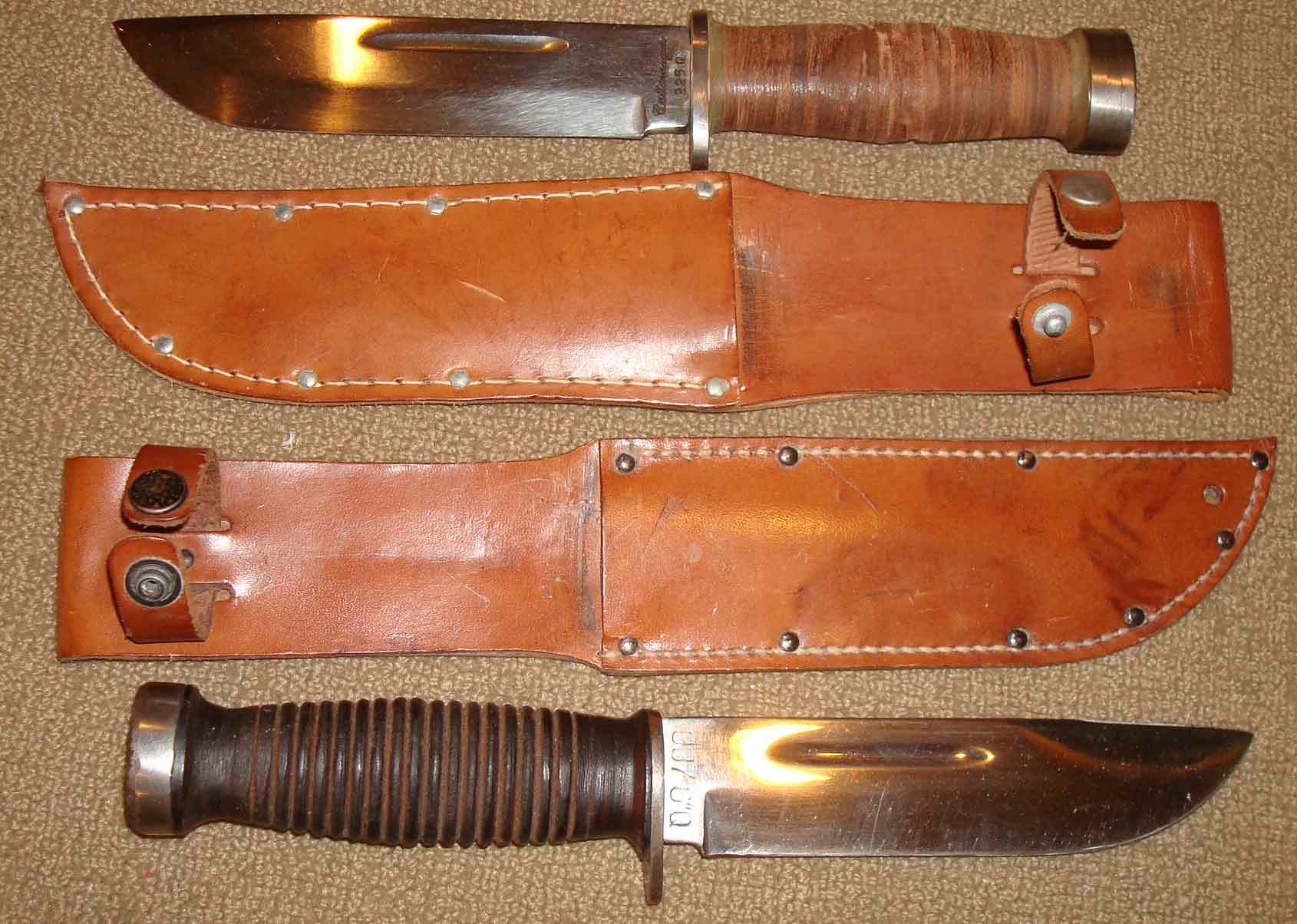-
The BladeForums.com 2024 Traditional Knife is ready to order! See this thread for details: https://www.bladeforums.com/threads/bladeforums-2024-traditional-knife.2003187/
Price is$300$250 ea (shipped within CONUS). If you live outside the US, I will contact you after your order for extra shipping charges.
Order here: https://www.bladeforums.com/help/2024-traditional/ - Order as many as you like, we have plenty.
You are using an out of date browser. It may not display this or other websites correctly.
You should upgrade or use an alternative browser.
You should upgrade or use an alternative browser.
Trying to identify and restore
- Thread starter Dajaalexand
- Start date
- Joined
- Jan 1, 2022
- Messages
- 5
New item by David Alexander
 photos.app.goo.gl
photos.app.goo.gl
- Joined
- Jun 5, 2019
- Messages
- 759
Welcome! if you can get close up of any markings that's always helpful in getting more specific identification. Here is the pictures for anyone who can't see it.

View attachment 1713025
View attachment 1713025



"The “Q” Knives of WW II
By Frank Trzaska 2004
....Designed by the Quartermaster Corps, the Bill of Materials list was number B/M No. TJC7
dated 12/1/1942 the official nomenclature is "Special Hunting Knives, 6", No.225.”
The Bill of Materials for 1000 knives included 904 lbs. of High Carbon hot rolled cutlery
blade steel. Carbon content to be not less the 1.0% while not more the 1.1% (this amounts
to basic 1095) and 211 lbs. cold rolled SAE 1010 steel was called for in the manufacture
of the guards and butt plates. A later Bill of Materials was issued to Case with the knife
designated No.337, we do not know the reason for this change but suspect the change in
handle design. These procurements were handled by the Jefferson City Quartermaster
Depot, which had control over most of the cutleries in the Northeast U.S. We list the
above as absolute proof that the Q knives were Quartermaster designed and procured for
military issue. But you say we already knew that, it is part of that myth you were talking
about. Well we still have more to the story.
...As for the knives themselves they are about the most robust knives ever made for the
military. The myth about opening crates could actually have some truth to it; these knives
are capable of doing it. And the thick pommels are more then capable of driving nails
although a tent peg is much more likely to be struck by the butt. The Cattaraugus consists
of a 1095 steel blade that is 6 inches in length with the knife having an overall length of
10 3/8 inches. The Case knife shares the same blade length but comes in at 10 inches
overall. To my hand the longer Case handle is more comfortable but the Catt is adequate
to do the job. Both knives have a stacked leather washer handle but the finish is very
much different. The typical Catt knife has a smooth leather handle roughed up in the
center section with gouges to the leather for a sure grip. The cutting tool intentionally
applied the gouges; it is not a mistake. The Case knife is finished on a broaching wheel
with 18 circular grooves which produces a much more professional and eye pleasing
result. Both knives allow a good grip surface it’s just that the Case knife looks better. The
pommels of the two knives are quite different. They both have the same dimensions but
the Case knife consists of one large piece of steel while the Catt knife uses three
independent steel disks stacked on top of each other and finished off with two nails
driven through line up holes on the disks into the leather. It is a simple yet ingenious
system to secure the pommel with a minimum amount of trouble and it is extremely
strong. In fact I do not think I have ever seen a Q knife with the pommel broken off. Both
knives have the pommel faces finished off in a waffle pattern. This could have no other
reason that I am aware of other then preventing the pommel from slipping while
hammering. Now whether driving nails or tent pegs you can take your choice but there is
no doubt it was made for hammering...."

The Q Knives of WWII
Years ago, when I bought my Cattaraugus 225-Q knife, there was some discussion among collectors as to whether this was a military issue knife or a private purchase one. The discussion was spurred by ads describing the 225-Q knife as a “Commando” knife and showing drawings of soldiers jumping out ...
www.usmilitariaforum.com
Last edited:
afishhunter
Basic Member
- Joined
- Oct 21, 2014
- Messages
- 14,713
Preserve what's there, not make it look new.
Hit the blade with oil soaked 0000 Steelwool at most. Rubbing with an oil soaked rag will also get rid of any active red rust.
Don't worry about removing the patina. It doesn't hurt anything,and helps protect against rust.
After cleaning the blade, lightly oil it with Mineral oil or 3 in one.
If the handle is wood or plastic, wash with warm soapy water and a toothbrush. If leather, use saddle soap.
Hit the blade with oil soaked 0000 Steelwool at most. Rubbing with an oil soaked rag will also get rid of any active red rust.
Don't worry about removing the patina. It doesn't hurt anything,and helps protect against rust.
After cleaning the blade, lightly oil it with Mineral oil or 3 in one.
If the handle is wood or plastic, wash with warm soapy water and a toothbrush. If leather, use saddle soap.
